What is Cholesterol and What Can I do About it?
Cholesterol is a fat like substance that is both good and bad. In normal concentrations it can help regulate hormones, synthesize Vitamin D and aids in digestion of foods. When in excess or the wrong ratios of good (HDL-high density lipoproteins) to bad (LDL-low density lipoproteins) cholesterol, these lipoproteins will store up in our vessels and create plaques that can cause thickening of our arteries (termed atherosclerosis) resulting in coronary artery disease (CAD), hypertension (HTN) or can result in a stroke.
These atherosclerotic plaques then foster an inflammatory response within our vessels causing irritation. The body tries to wall off these plaques causing a fibrous cap to form over them. After time, the vessels will narrow and cause a build up of pressure within the vascular system. This pressure can cause eruption of the plaques (think of acne). These can travel to narrow vessels and occlude the passage of blood resulting in peripheral artery disease (PAD), acute myocardial infarction (a heart attack) or a stroke (transient ischemic stroke, aka mini stroke or a larger ischemic stroke).Cholesterol is produced by the body but is also ingested from animal-derived foods (animal proteins- chicken, fish, steak, fats such as lard or grease). The greatest risk factors for high cholesterol are modifiable lifestyle choices – diet and exercise.
A report from Harvard Health has identified “11 cholesterol lowering foods” that actively decrease cholesterol levels:
• oats
• barley and whole grains
• beans
• eggplant and okra
• nuts
• vegetable oil (canola, sunflower)
• fruits (mainly apples, grapes, strawberries, and citrus)
• soy and soy-based foods
• fatty fish (particularly salmon, tuna, and sardines)
• foods rich in fiber
The same report also lists foods that are bad for cholesterol levels, including:
• red meat
• full-fat dairy
• margarine
• hydrogenated oils
• baked goods
A simple fasting blood test can determine your HDL and LDL values. Typically, your provider would like to see your total cholesterol number less than 200 mg/dL. We like to see the “bad” cholesterol (LDL) less than 100 and your “good” cholesterol greater than 40. According to the United States Preventative Task Force (USPTF) general guidelines are as follows: anyone over the age of 20 should have their cholesterol checked every 5 years, men over the age of 45, women over the age of 55 and those with high risk factors should have it checked every 1-2 years. Lipid lowering drugs such as statins are taken primarily at night, because this is when the body decides if the cholesterol will be built up in an artery to if it will be transported out of the blood stream into the bowels and be excreted as waste. Foods high in fiber such as apples and oats, can help bind to cholesterol and be excreted, that is why a diet high in fiber is beneficial.
Even with statins and increasing fiber, this will not change the plaque that is already built up in the vessels. This will only reduce new plaques from forming. Therefore being a good role model for our children regarding nutrition and exercise is vital in preventing atherosclerosis. An ounce of prevention is worth a pound of cure.
For more information please visit the American Heart Association at https://www.heart.org/…/cholesterol/about-cholesterol or discuss this with your primary doctor.
